Local Communities
Basic Stance/Policy
As a good corporate citizen, our company actively contributes to society. Our activities include:
- Establishing a basic philosophy of contributing to society through our business activities
- Identifying areas to prioritize our efforts and using our corporate resources to promote specific contributions based on our corporate philosophy
- Coordinating and cooperating with various stakeholders, including NPOs, NGOs, local communities, governments, and international institutions
- Supporting employees' own community contributions and involvement
- Participating in the social efforts of the industry and business community
Activities and Results
Communication with our Community
THK Group companies in and outside of Japan actively participate in outreach activities with members of their local communities.
Summer Festival
As an expression of neighborly gratitude, the THK RHYTHM Headquarters and Hamamatsu Plant invited community members to its summer festival in July. Additionally, money collected using a limited-time donations box and part of the proceeds from the food stalls at the event were donated to the Shizuoka Shimbun and Chunichi Shimbun newspapers, to be used to support their social welfare efforts.
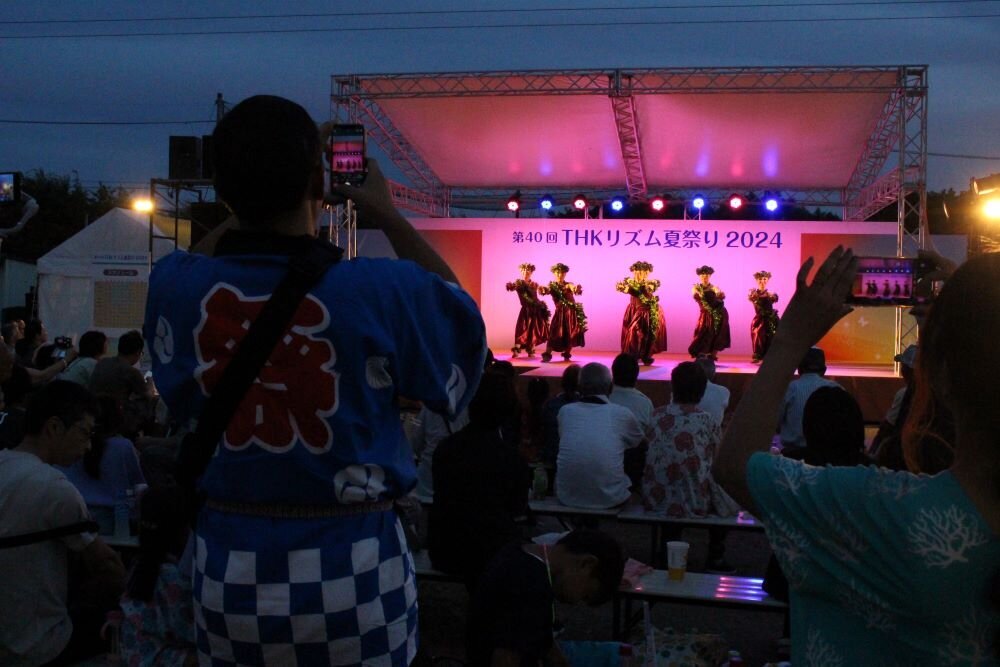
Activities
TME (France)
As part of its biological diversity initiatives, TME planted a flower garden and set out a bird house and a bug hotel in March.
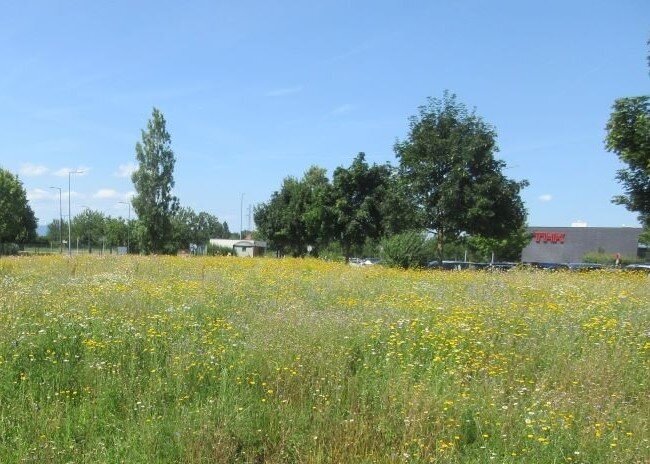
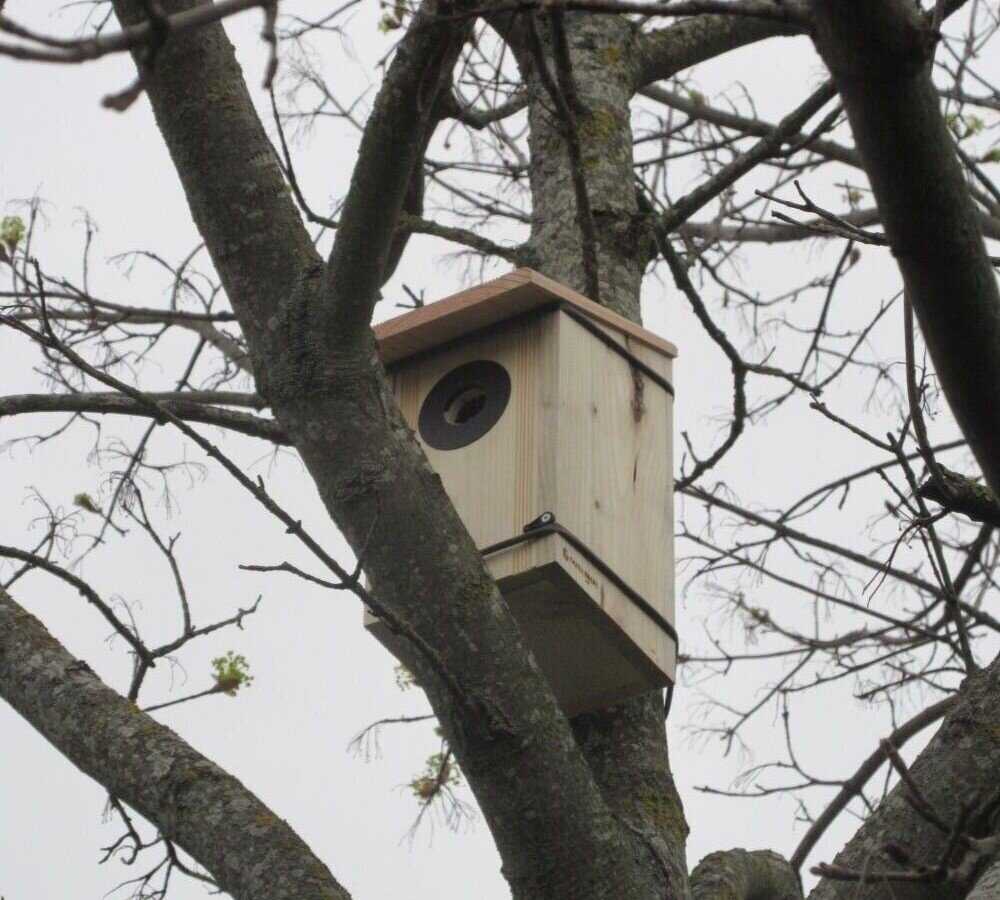
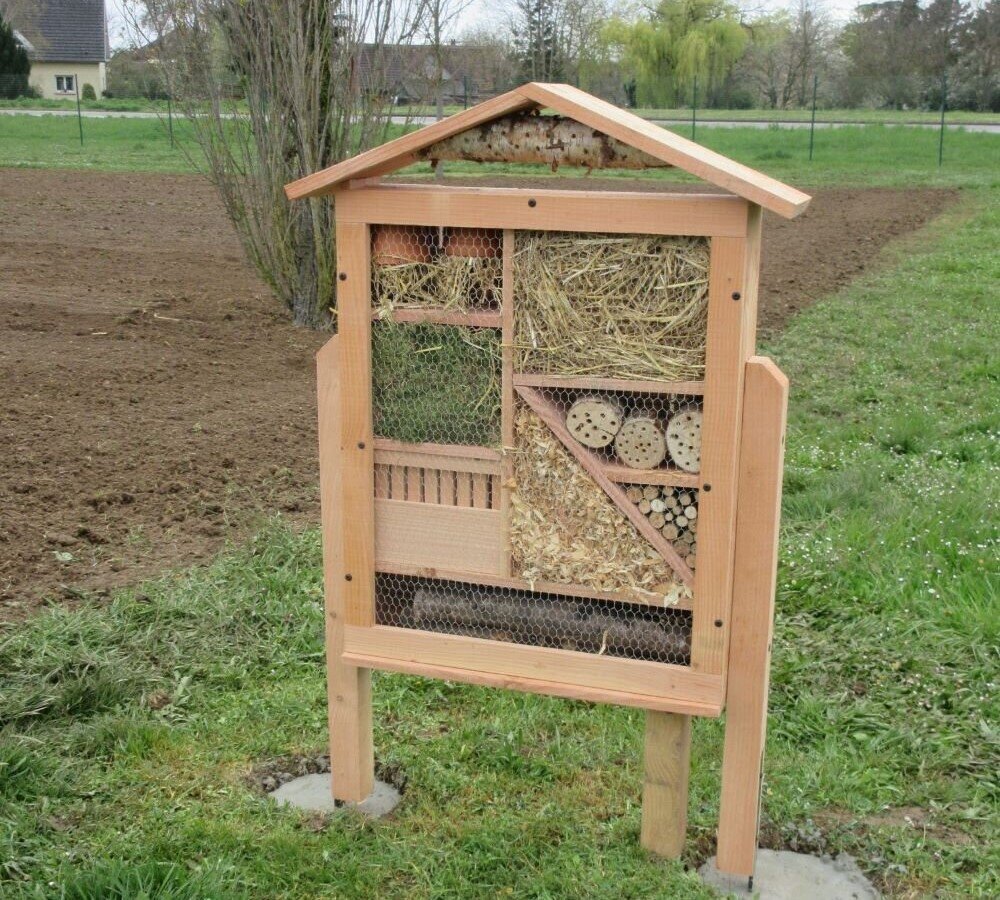
Supporting Education
THK provides a wide variety of opportunities for bringing together and developing future engineers, including passing on technical skills.
Internships
Local high school and college students were welcomed at Japanese production facilities (Gifu, THK NIIGATA, and THK INTECHS Mishima), to experience hands-on assembly activities and design lectures.
Plant Tour
In July, a total of 60 students and teachers were welcomed to THK NIIGATA as part of Yasuda Middle School’s “Learn About Local Businesses” curriculum, where they were provided an opportunity to learn about the importance of work and contributing to society through a plant tour.
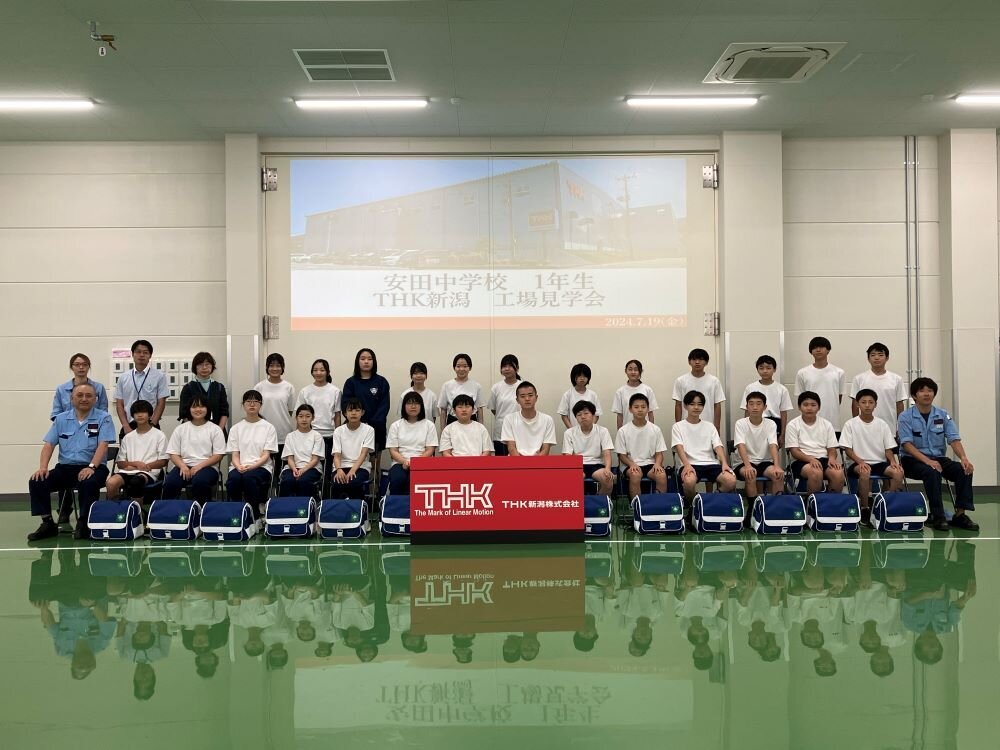
Work Experience Programs
Both in Japan and overseas, many of our branches host work experience programs at the request of local communities and schools. Among them, the Yamagata plant participated in the Higashine Work Experience Project “Learn About Higashine Companies” organized by the Higashine Employment Promotion Council, which aims to encourage students living in Higashine to stay in their hometown so that they can play an active role in Higashine's companies in the future, as those companies are facing a labor shortage. On two separate occasions in January and October, work experience programs were held for local middle school students.
TMA (USA) Initiatives
TMA proactively hosts plant tours, gives guest lectures, provides hands-on assembly experiences, supports career seekers, and exhibits at job fairs throughout the year for students in middle school to college.
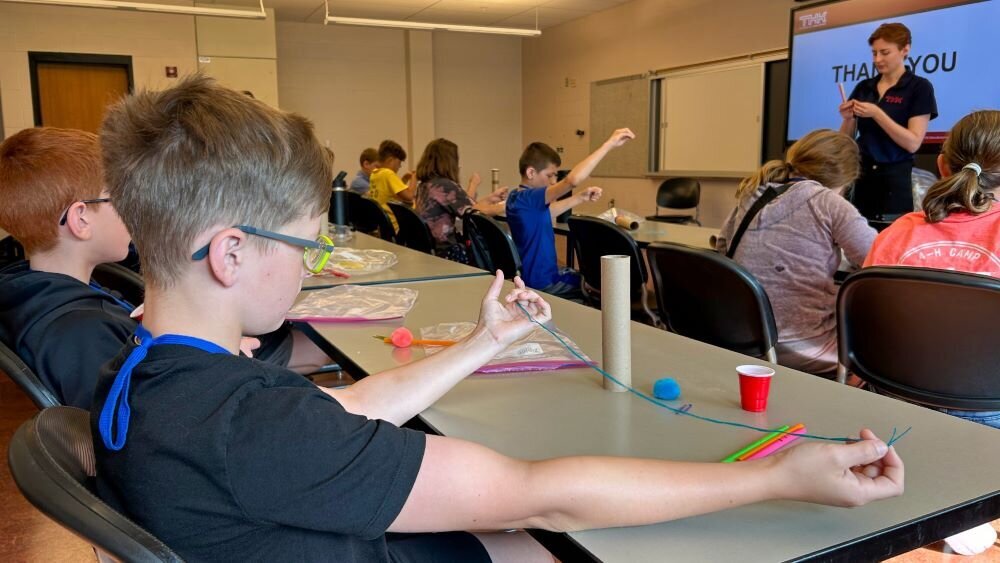
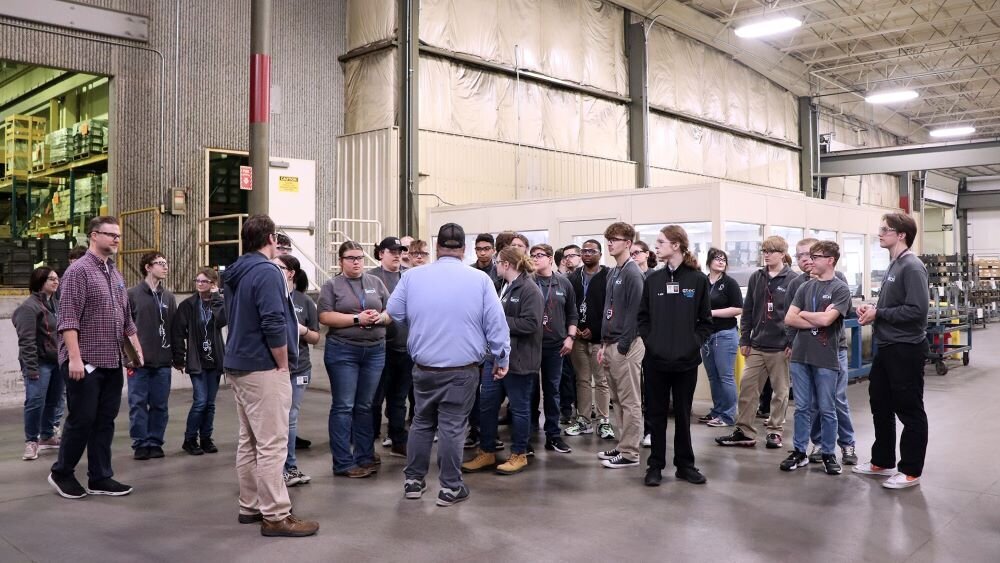
Charitable Contributions
As part of our contributions to society, we provide financial assistance in times of natural disasters and donate money to organizations devoted to the advancement of science and the future development of manufacturing in Japan.
| Date | Purpose | Recipient |
|---|---|---|
| 2024/1 | Donation for 2024 Noto peninsula earthquake disaster relief | Japanese Red Cross |
| 2024/2 | Japan Science Foundation support/membership dues (2024) | Japan Science Foundation |
| 2024/4 | 2024 East Taiwan earthquake relief fund | Japanese Red Cross |
| 2024/4 | Japan Philharmonic Orchestra annual special member fee (corporate donation) | Japan Philharmonic Orchestra |
| 2024/8 | July 25, heavy rain disaster relief | Japanese Red Cross |
| 2024/9 | Recovery efforts after heavy rain in western Liaoning Province (DALIAN THK) | Wafangdian Bearing Group Party Chapter |
| 2024/12 | Donation of a vehicle to support the Akshaya Patra Foundation, which provides meals for schools, in expanding operations to the Nellore district suburbs of Sri City, where our plant is located (THK India) | The Akshaya Patra Foundation |
| 2024/12 | Donation of an ambulance for the suburbs of Sri City, where our plant is located (THK India) | IALA (Industrial Area Local Authority, the Department of Industries, and the Government of Andhra Pradesh) |